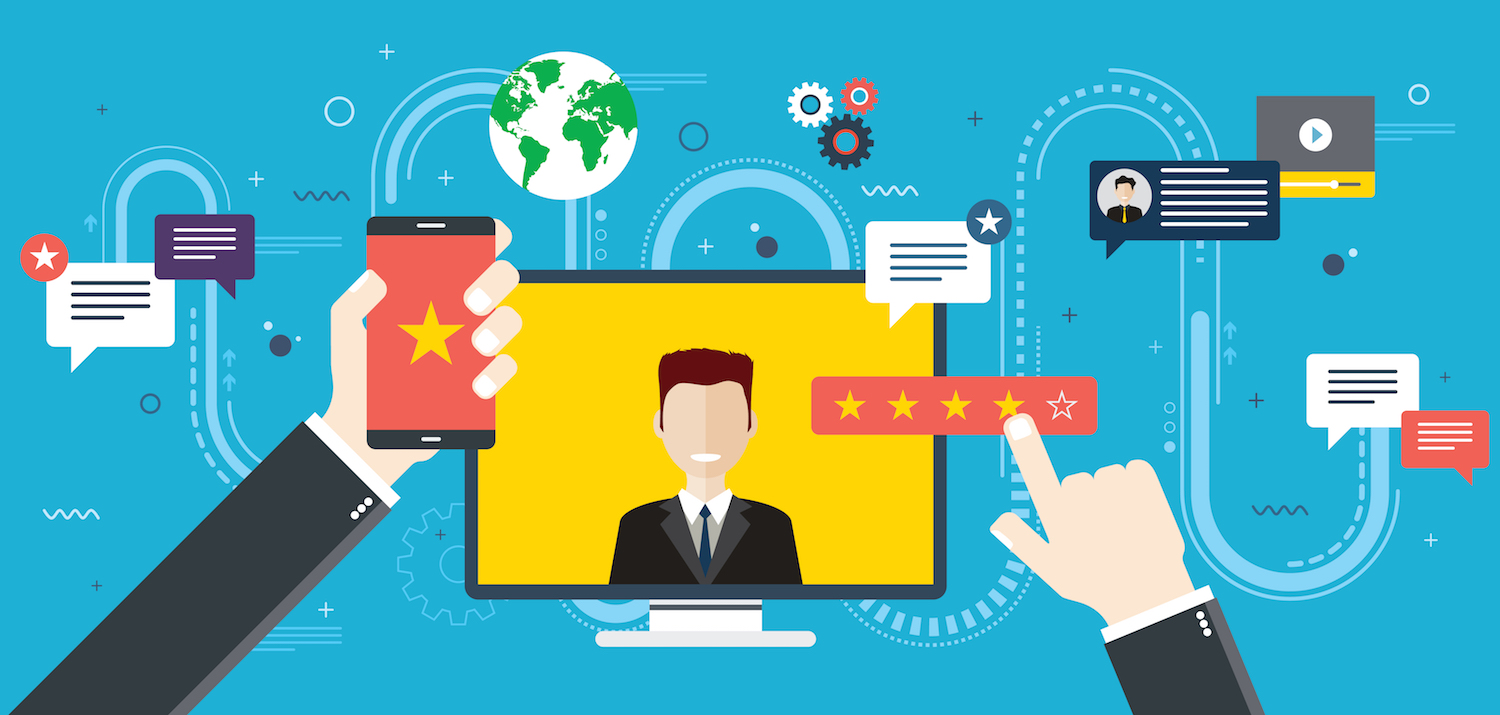This week we examined content design.
Government Digital Service
- Start with needs
- Do less
- Design with data
- Do the hard work to make it simple
- Iterate. Then iterate again
- Build for inclusion
- Understand context
- Build digital services, not websites
- Be consistent, not uniform
- Make things open: it makes things better
Journey Mapping

What is a journey map? A user journey map in UX is a visual representation of each step your users take when interacting with your product or service. These maps can be created through user research or by simply thinking about the path that a user might take as they move through your system. A journey map can help you anticipate and resolve potential user frustrations, it can also highlight where there may be ‘happy moments’ or opportunities for you to provide value. These are the moments that you want to be sure to capitalise upon through the design of your product.
Essential Elements of a Journey Map
- User Personas Or Actors – Who will your users be? You will need to understand their needs, wants and expectations to create an engaging and useful experience for them.
- Scenarios And Expectations – These are the situations and circumstances in which your users are likely to find themselves. What will your users expect when they get to your website or when they use your app? What is their end goal?
- Journey Phases – Journey phases are the sequential high-level stages of the journey, these are often divided according to the path that the user is likely to take or what they are trying to achieve. For an e-commerce journey map, the journey phases might be discovery, purchase, customer support etc.
- Actions, Mindsets, And Emotions – These are the behaviours, thoughts, and attitudes that your users are likely to display through the user journey. For example, on a purchase journey, your users may go from discovery, to being confused, to being wary, to making a decision, to completing the purchase, to being a satisfied customer. How will they respond when faced with a particular situation or when an event occurs? How will they feel about your product or service?
- Opportunities – Opportunities are the insights gained from journey mapping that can be used to create a more satisfying and valuable product or service. These insights offer ideas for improvements that can be made to your product in order to make the whole experience even more intuitive and fruitful for your users.
User Journey mapping is important for many reasons but primarily because it gives us a framework through which to view and design for our users. It allows us to consider the user’s needs, behaviours, and attitudes, and then to map out the experiences that we wish to give them.
Touchpoints

A touchpoint can be described as any time a customer or user comes into contact with your product before, during or after they purchase something from you. For example, it might be that they have seen your ad and visited your website, or alternatively, they have clicked on a link and come to your website through that. It can be an advertisement, a website visit, a chat session, a salesperson’s call, a chance encounter etc.
As a class exercise, we brainstormed different touchpoints for existing corporations such as McDonalds and Amazon. It was interesting to note that these organisations had developed a very effective process for providing their services to their customers.
With this knowledge of journey mapping and touchpoints, I have learned to be more aware of and intentional with my own design and projects.